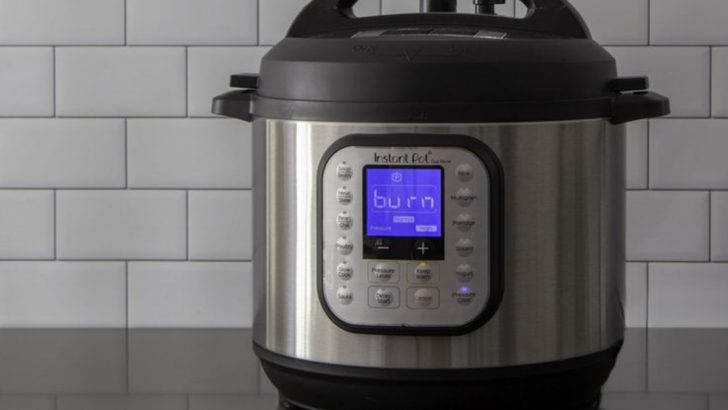If you’ve ever cracked open your Instant Pot hoping for stew and found something that looks like regret, you’re not alone.
Pressure cooking is a game-changer, but it comes with its own kitchen quirks. Trust me—I’ve scorched, souped, and splattered my way through trial and error.
Let’s talk about the missteps that sneak in and how to dodge them like a kitchen ninja.
1. Overfilling the Pot
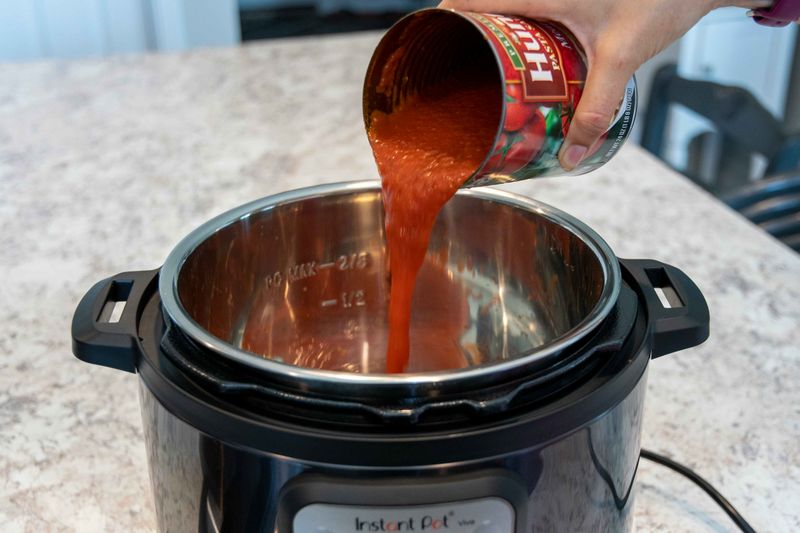
It’s tempting to pack it full like a Thanksgiving fridge, but the Instant Pot needs space to work its magic. Overfilling can block the valve, mess with the pressure, and leave you with half-cooked chaos.
I once opened the lid to what I swear was soup lava.
2. Using Too Little Liquid
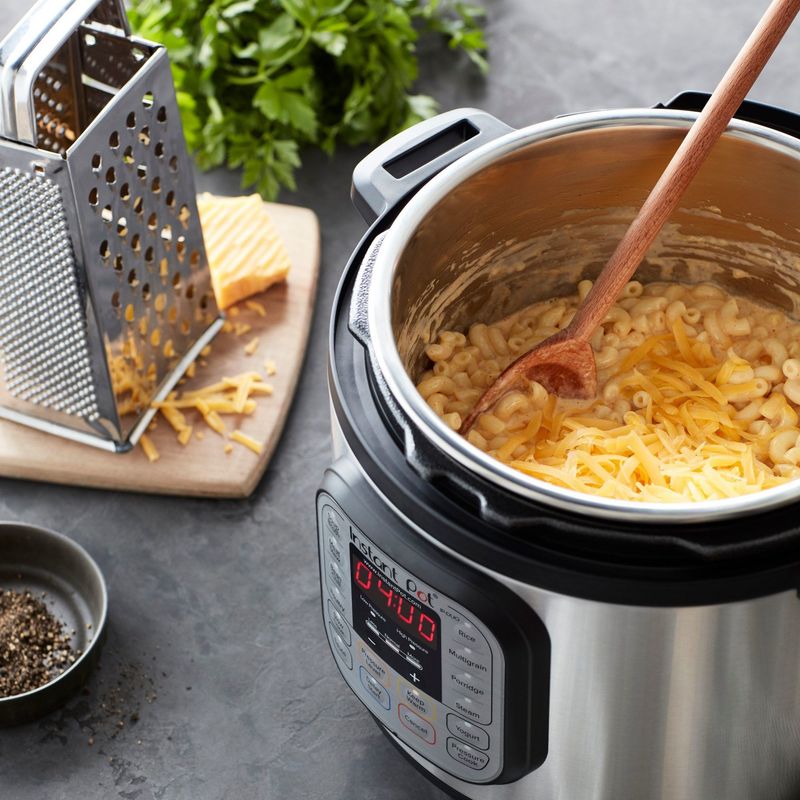
Pressure cooking without enough liquid is like trying to drive without gas—it’s not going to end well.
The pot can’t build steam without at least a cup of water or broth. I learned this the hard way when my chili turned into scorched cement.
3. Quick-Releasing Meats
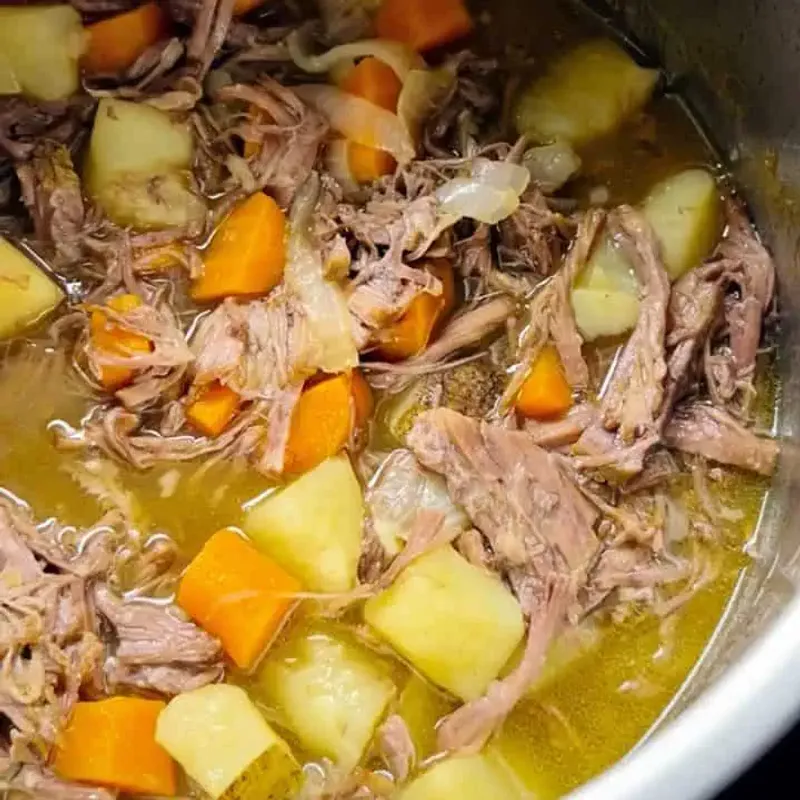
I used to think fast release meant faster food—wrong. Suddenly letting out pressure turns tender cuts tough and dry.
Let them rest in a natural release sauna for a few minutes, and they’ll thank you with melt-in-your-mouth flavor.
4. Forgetting To Deglaze
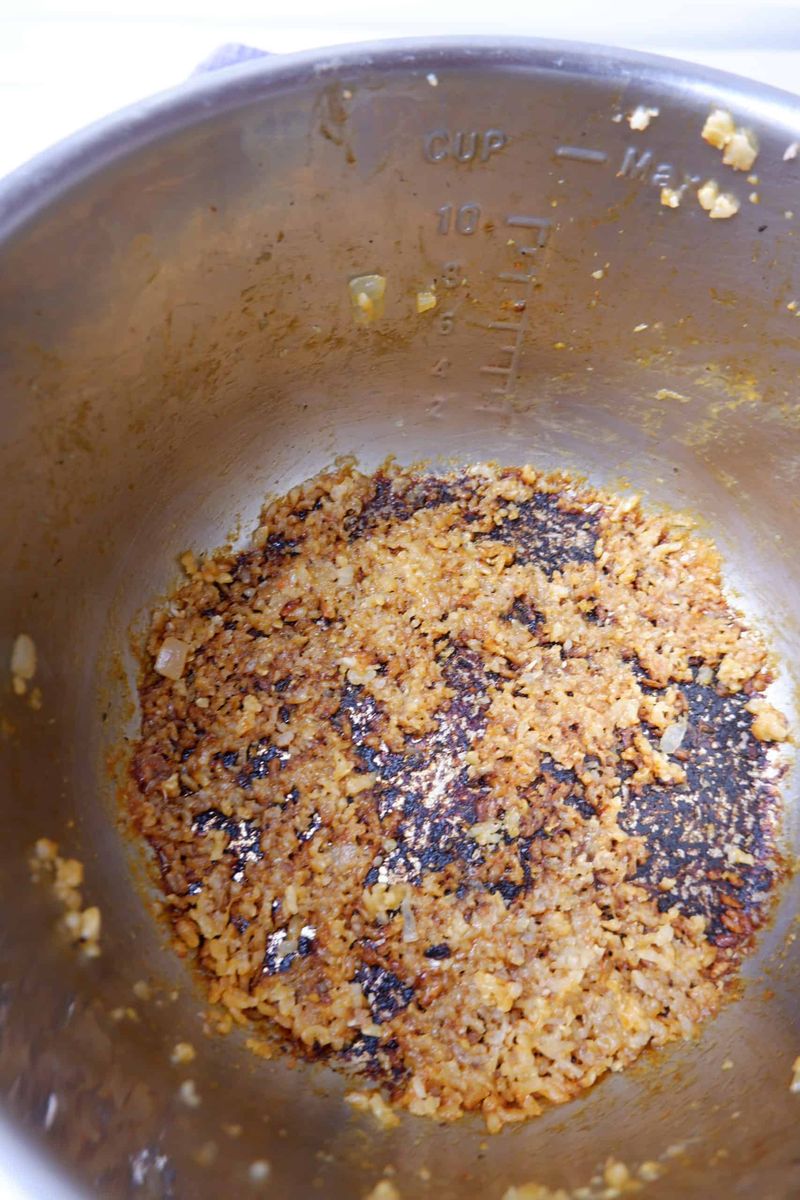
Browning adds flavor, but skipping the deglaze step is a rookie move. All those golden bits stuck to the bottom need liquid love, or the pot throws a tantrum and shows the dreaded burn warning.
A little broth and a good stir solve everything.
5. Adding Dairy Too Early
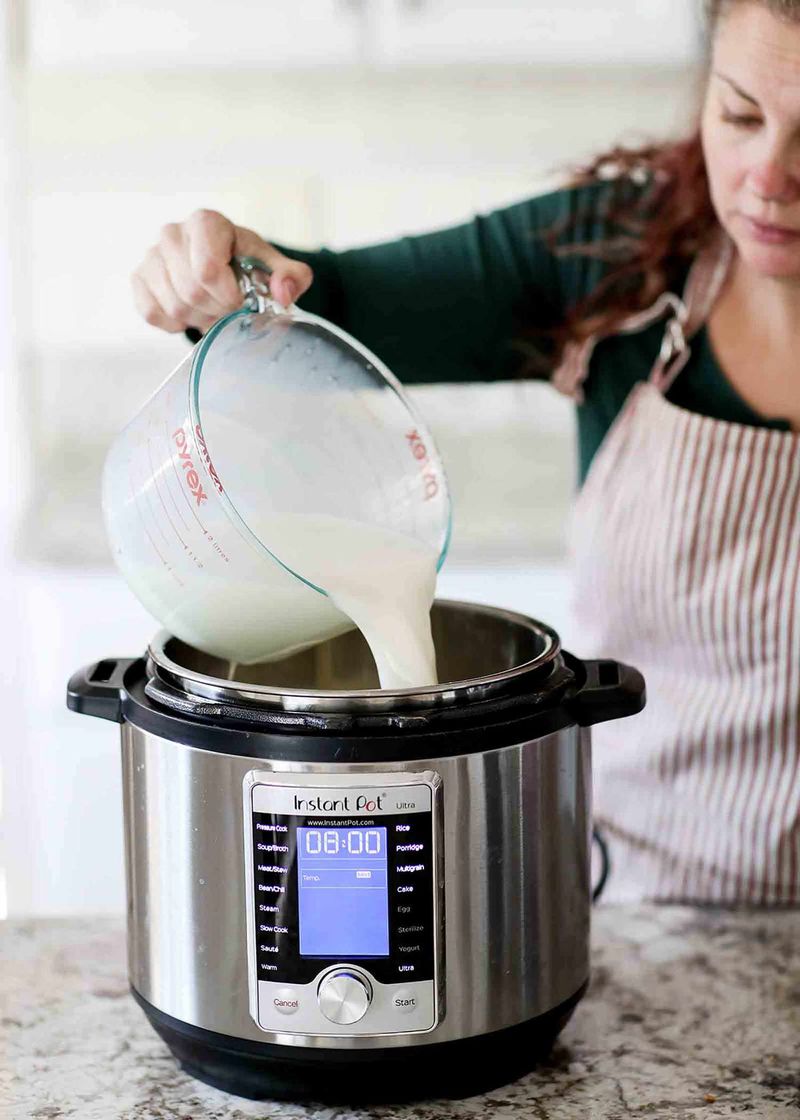
Milk, cheese, or cream in the pressure phase can curdle into sad little flakes. Always stir them in after cooking for a silky finish.
I once made mac and cheese that looked like cottage cheese soup—never again. A smoother, silkier finish awaits when you save dairy additions for final steps.
6. Not Adjusting for Altitude
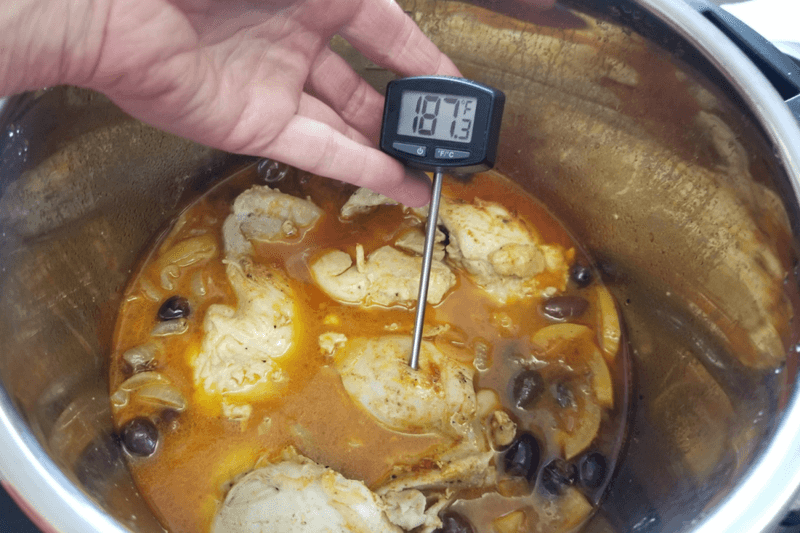
If you live higher up, time and pressure need tweaking. Altitude changes the boiling point of water, so recipes made at sea level can fail in the mountains.
I ruined lentils for two weeks before realizing I wasn’t the problem—geography was.
7. Cooking Delicate Veggies Too Long
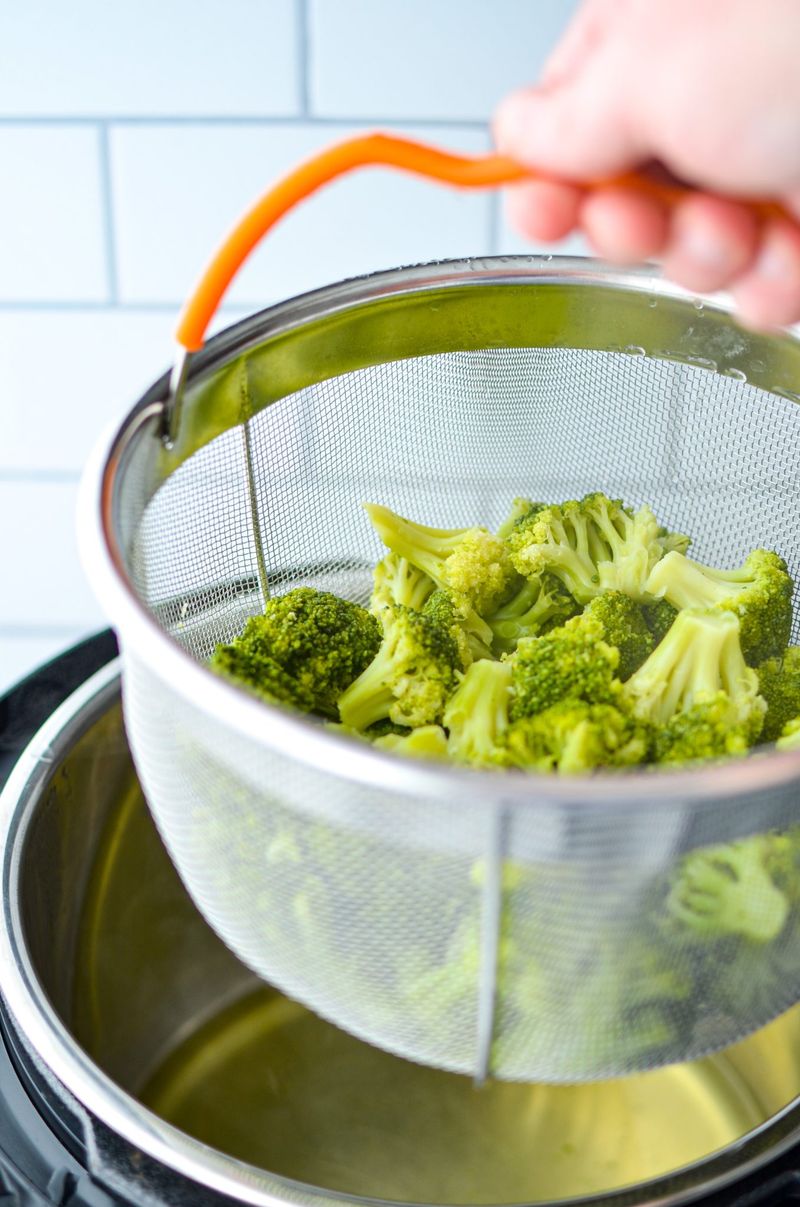
Zucchini, spinach, and peas are drama queens in the pressure cooker. They turn mushy fast and lose all their personality. Add them at the end or sauté separately for color and bite.
This retains their texture and nutrients, making your meal vibrant and healthy.
8. Ignoring The Burn Notice
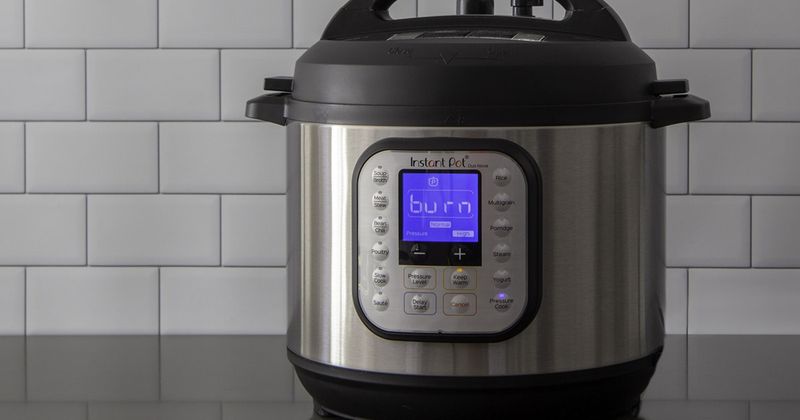
The “burn” notice is a crucial warning that shouldn’t be ignored. It usually indicates insufficient liquid or food sticking to the bottom.
If you see this alert, release pressure immediately, add liquid, and stir to release stuck bits. This prevents actual burning and ensures a successful cooking session.
9. Using The Wrong Cut Of Meat

Not all meats are suited for pressure cooking. Lean cuts like chicken breast can dry out, whereas tougher cuts like chuck roast become tender.
Choose the right type of meat for your dish to ensure flavor and texture. Understanding the best cuts results in a delicious, satisfying meal every time.
10. Cooking Pasta With No Liquid Buffer
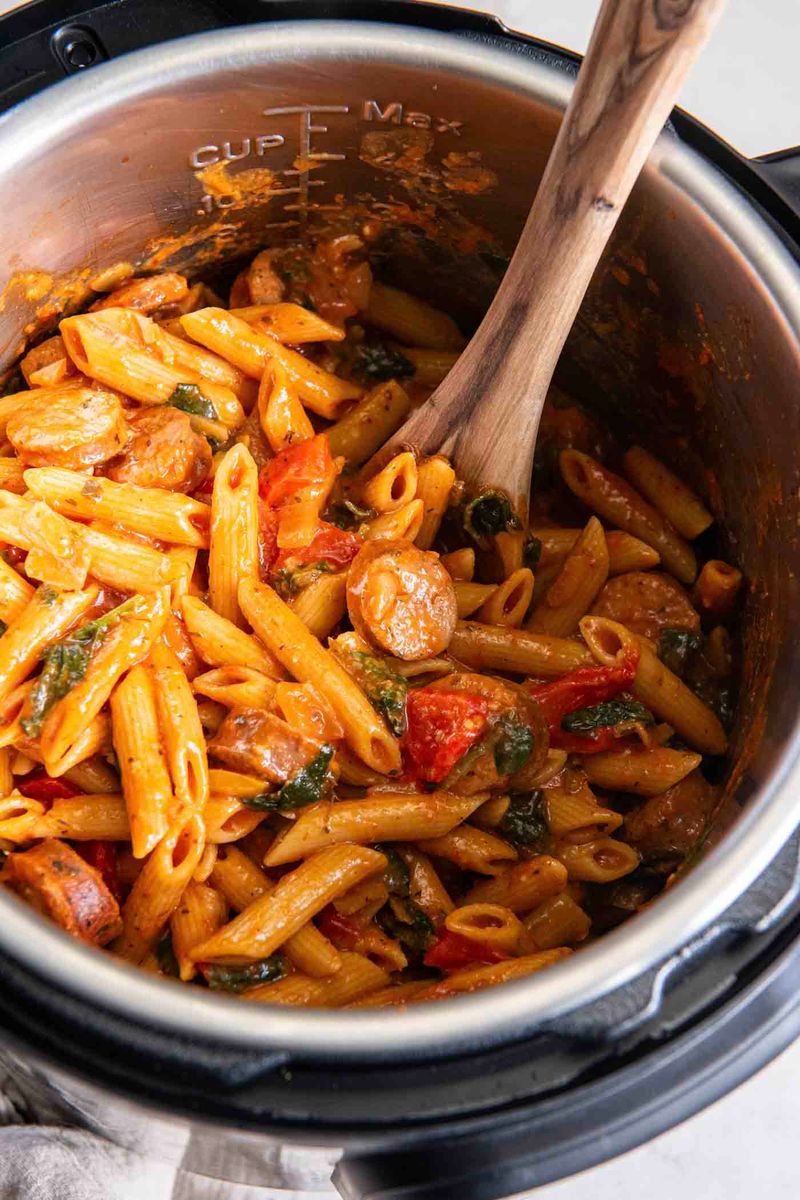
Pasta is a little high-maintenance in an Instant Pot. You need enough liquid to coat and cushion it or you’ll end up with a sticky blob.
Stirring isn’t allowed until after pressure, so plan ahead with extra broth or sauce.
11. Trusting Exact Times From Recipes
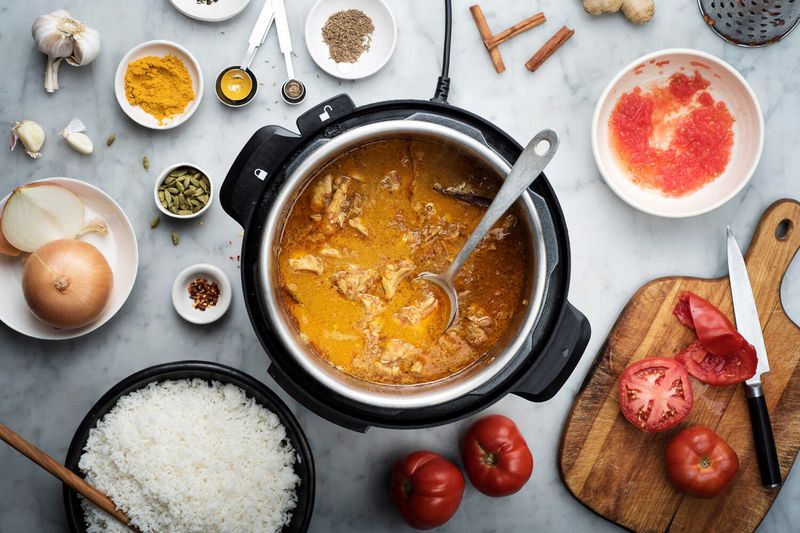
Recipe cook times are a helpful start—not the gospel. Brands of pasta vary, meat size changes everything, and veggies all have moods.
Check doneness and adjust for your ingredients unless you like gambling with dinner.
12. Adding Thick Sauces Too Soon
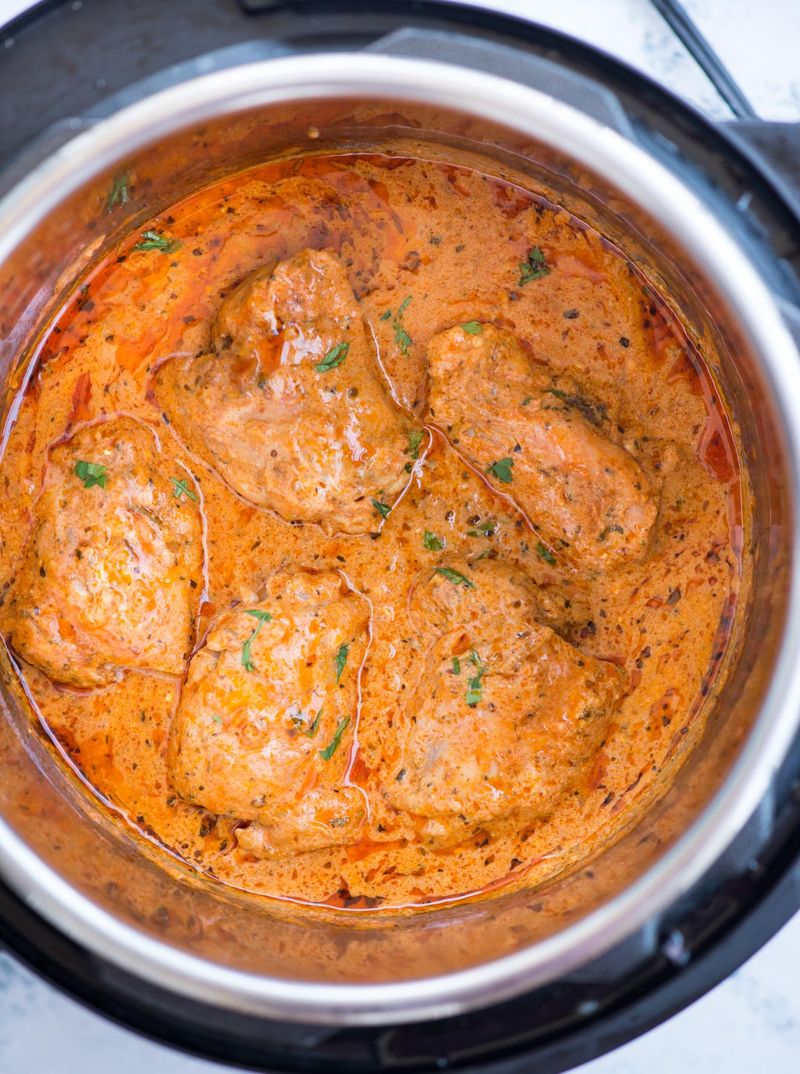
Tomato paste, thick BBQ sauce, or cream-based anything can scorch if added too early. They block the heat from circulating and stick like stubborn glue.
I always thin thick sauces or wait to stir them in at the end.
13. Skipping The Natural Release When Needed

Quick release is fine for veggies, but meats and soups often need a slow exhale. Natural release lets the heat settle, flavors deepen, and bubbling calm down.
I once quick-released a stew and repainted my kitchen ceiling with beef broth.
14. Not Checking The Seal Ring
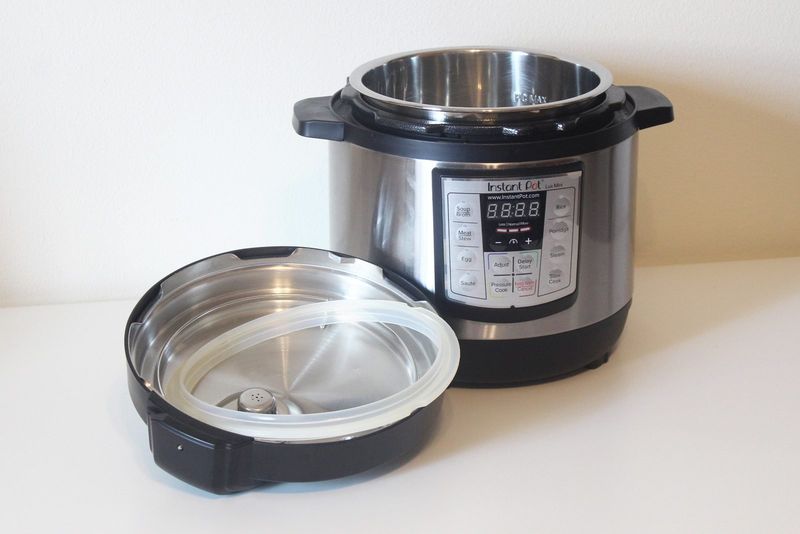
The little silicone ring in the lid is more important than it looks. If it’s not in place or is cracked, your pot won’t seal, and you’ll wonder why nothing’s cooking.
Regular checks before use keep everything functioning smoothly, ensuring each meal is cooked to perfection without fuss or frustration.
15. Using The Wrong Setting For the Dish
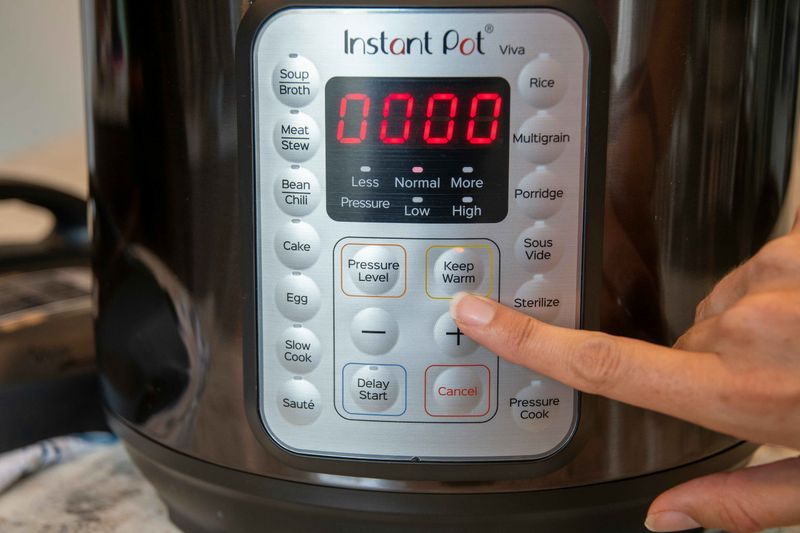
Soup on the meat setting? Rice on poultry mode? Settings aren’t just labels—they control pressure and time.
Get familiar with which mode does what, or you’ll wind up with rice pudding that thinks it’s brisket.

